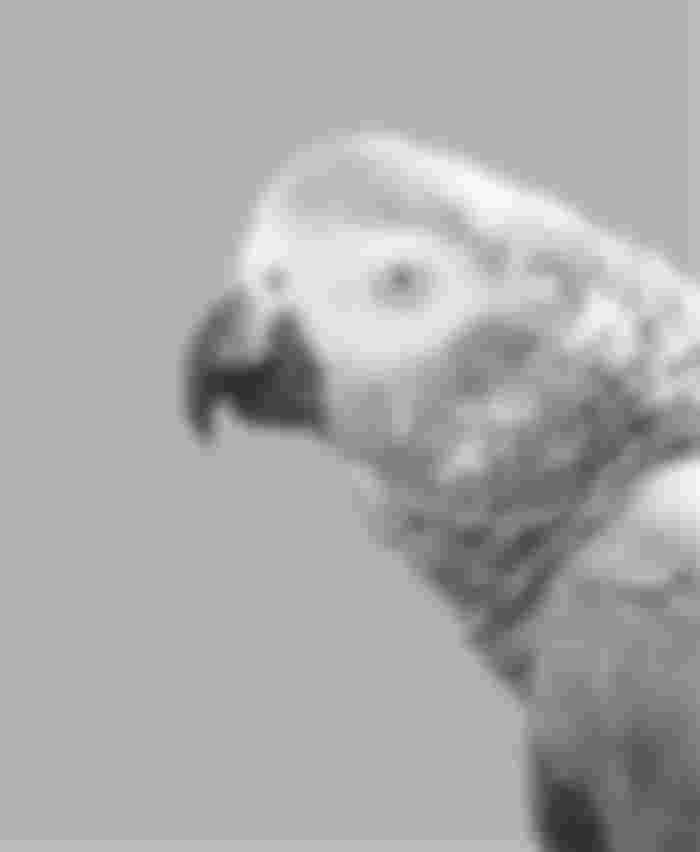Social Culture of The Yoruba People
Nigeria, a nation in the coastal part of western Africa is a great nation of many ethnic groups. Research shows that there are over two hundred and fifty ethnic groups in Nigeria. Three of these ethnic groups are referred to as major and they are Yoruba, Hausa and Igbo.
The term WAZOBIA is coined from the from the interpretation of COME(an English word) in these languages. So WA means come in Yoruba language, ZO means come in Hausa language and BIA also.
Today, I will be taking you all on a tour through the Yoruba ethic group.
In my study of history, the ethnic group has a very rich cultural heritage. I may not be able to exhaust the themes of the Yoruba people but I will ensure to do as much as will help you know this group more than before.
The Migration Story
There exists two oral traditions on the migration of the Yoruba people. While one of the traditions states that an Arab prince who was under threat of secession in Macchina found his way to Ile-Ife, a town which is today believed to be the cradle of the Yoruba people. His name is Oduduwa and today he is referred to as the progenitor of the Yoruba race.
Every Yoruba man claims to have hailed from Ile-Ife.
The other oral tradition is more a myth. It states that Olodumare had sent Orunmila to the earth to create it. Two items that he came to the earth with are a snail shell filled with sand and a cockerel. The cockerel was so spread the sand in the shell and wherever the sand got became a land while the other places it could not reach remain as waterlogged.
Over time, the people grew and spread to all parts of southern Nigeria.
Pre-Colonial Administration
I have rebuffed many authors who have written against the traditional non-existence of a political administration in the Nigerian political sphere.
The Yoruba people have had a great influence in the region they are located and beyond. One factor that has helped in the spread of such dominance is the structured political organisation of the people.
Taking the Old Oyo empire as a case study, Yoruba land witnessed one the most productive seasons in the land during the 18th century. Oyo became so large that it spread down to Dahomey, in the recent day Benin Republic.
Oromiyan, the last male child of Oduduwa was the first Alaafin of Oyo. He had gone alon an expedition to the Benin Kingdom while Oduduwa passed on and had earlier shared his wealth to his children. Since there was nothing left for Oromiyan, he was given the land south to Ile-Ife.
The Alaafin Oromiyan-led Empire grew large until it met its Waterloo in the late 19th century. All these were not possible without the political structure.
Alaafin: This is the apex hierarchy in the empire. Alaafin wielded so much power and authority that his words are unquestionable. This is why a typical Yoruba king (Oba) is greeted Ka-bi-e-si meaning His unquestionable majesty. He is the chief judge of every matter or dispute. Hence, he has the authority to make and mar.

Oyo-mesi: This is a group of seven elders from the seven provinces of Oyo. They are responsible for installing a new Alaafin and are highly respected. The history of the people has it that the Oyo-mesi who are Kingmakers have the power to also dethrone an Alaafin.
An empty calabash or a calabash filled with the eggs of a parrot is shown to the reigning Alaafin indicating that the ruler has been rejected by the people and has two options, to abdicate the throne or pay the ultimate price. Most Alaafin who have been confronted with such a situation usually pay the ultimate price, death.
The constitution of the empire is unwritten and as such it paved the way for some excesses.
In the 19th century, many Alaafin were dethroned. This came as a result of the power-thirsty Aremo (The first son and crown prince of the Alaafin) who convinces the Oyo-mesi to show the calabash
do reigning Alaafin so he can be crowned in his stead. This is one factor that led to the fall of the Old Oyo Empire.
Are-Ona-Kakanfo
Security is a big issue with the empire. The city-state devices a method of appointing a head for the security of the empire called Are-Ona-Kakanfo. He lives on the outskirts of the empire and at appointment must launch an attack on a neighbouring community to bring it under the sovereignty of Oyo. The other soldiers who form the battalion of Oyo foot soldiers are called Eso. The conquered state becomes a vassal under the tutelage of Oyo and they pay tribute either annually or bi-annually. The tribute could be in cash (cowrie) or in agricultural products.
The uniqueness of the Yoruba political setting is an envy to many other ethnic groups in the region. Though civilization has water washed some of the ingredients of the culture, it is important and styles can still be seen in the Yoruba traditional society.
Let's draw the curtains here until I bring you another aspect of the Yoruba people in the nearest future.
First Published Here

Yoruba is a beautiful tribe with interesting historical background. This made me remember the movie i watched some years ago, where they history of the Oyo empire were narrated.